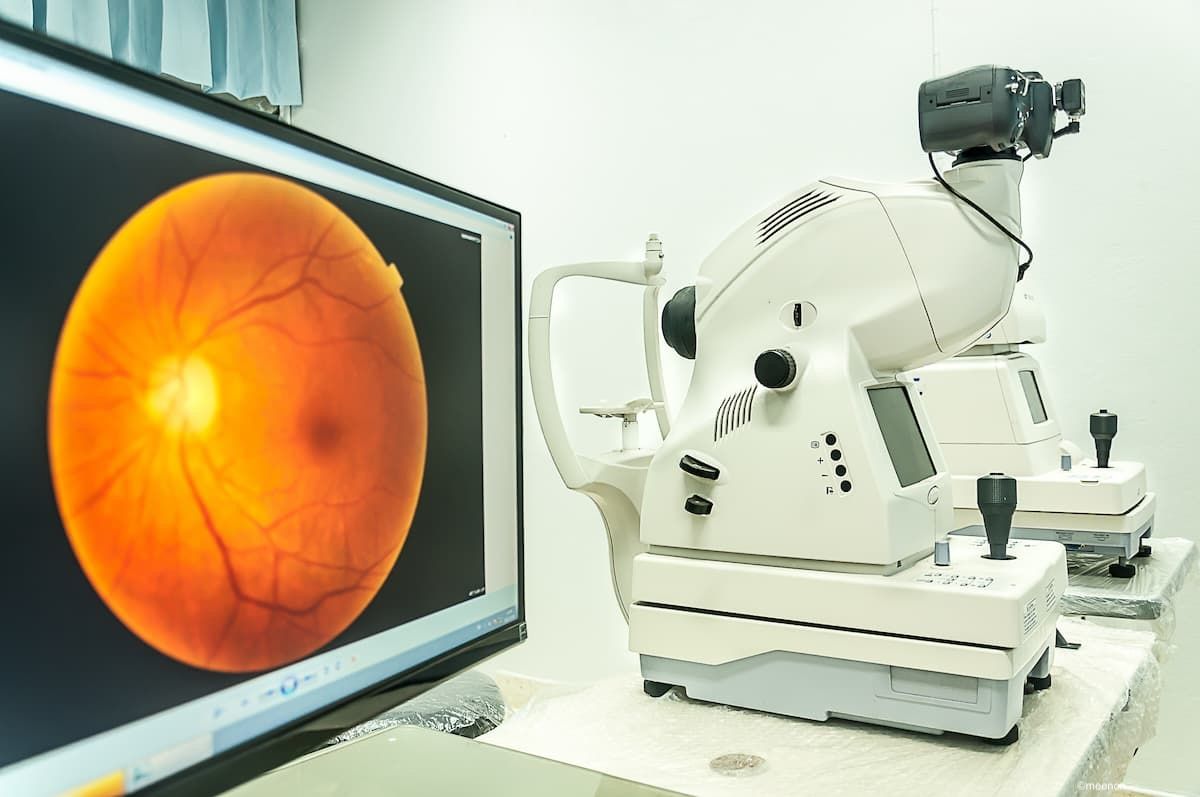Article
Navigating new options
Because elevated IOP essentially is a treatable cause of glaucomatous optic nerve damage, one generally can expect to inhibit progression of disease by lowering IOP.

Medical treatment works for many patients. When it fails, however, surgically lowering IOP can remind me of the voyage of Odysseus, caught between the Charybdis of hypotony and the Scylla of scarring. I am looking for a safe and effective surgical strategy to navigate these hazards, and it appears I may be getting closer to my goal.
Panel supports premarket approval
It was the perspective of two glaucoma subspecialists on the panel, Eve J. Higginbotham, SM, MD, and Anne L. Coleman, MD, PhD, that carried the greatest weight. Reduction in the need for medications, even on a temporary basis, has value, they said, because of the problems inherent in the application of topical medical treatment: poor compliance, ongoing expense, inconvenience, and possibly increased variability in IOP control. Their comments accurately portrayed the day-to-day struggle of ophthalmologists trying to lower IOP safely and prevent loss of vision.
In the clinical investigation of the shunt, subjects with a preoperative unmedicated IOP of 22 to 36 mm Hg were randomly assigned to cataract surgery with implantation of the shunt or cataract surgery alone. Seventy-nine of 116 subjects (68.1%) in the treatment group met the primary effectiveness endpoint of IOP ≤ 21 mm Hg without medications 12 months after surgery.
In comparison, 61 of 123 subjects (49.6%) in the control group met the primary effectiveness endpoint. This difference of 18.5% produced a p value of 0.0040 using a two-sided Fisher's exact test. At 12 months, 74 eyes (63.8%) in the treatment group and 58 eyes (47.2%) in the control group had an IOP reduction from baseline ≥20% without medication. FDA panel members expressed the opinion that the loss of statistically significant differences between the treatment and control group at the 24-month follow up did not change their risk/benefit assessment for the shunt.
A significant problem
As described in the American Academy of Ophthalmology Preferred Practice Pattern, primary open-angle glaucoma represents a significant public health problem. In the United States, the overall prevalence of open-angle glaucoma for adults aged 40 or more years is estimated to be 1.86%. Open-angle glaucoma (not including the major forms of secondary open-angle glaucoma, pseudoexfoliation glaucoma, and pigmentary glaucoma) affects about 2.22 million people in the United States. That number is expected to increase to 3.3 million by 2020 as the population ages.
Based on data extrapolated from the Baltimore Eye Survey, about half of those with glaucoma may be unaware that they have the disease. In the United States, more than 7 million office visits occur per year for the primary purpose of monitoring patients with glaucoma and patients at risk for developing glaucoma. Glaucoma of all types is one of the leading causes of legal blindness in the United States.
By any measure, we have an unmet need. Increased screening, better diagnostic techniques, and innovative treatments are moving us toward meeting that need. A safe surgical solution for what essentially amounts to a plumbing problem may be at hand.

Mark Packer, MD, FACS, is clinical associate professor of ophthalmology at Oregon Health & Science University, Portland, is in private practice in Eugene with Drs. Fine, Hoffman, and Packer, and is co-editor of Cataract Corner for Ophthalmology Times.
Dr. Packer may be reached by e-mail at mpacker@finemd.com
or at http://www.finemd.com/. He is a consultant for several ophthalmic companies but has no financial interest in Glaukos Corp.
2 Commerce Drive
Cranbury, NJ 08512
All rights reserved.





